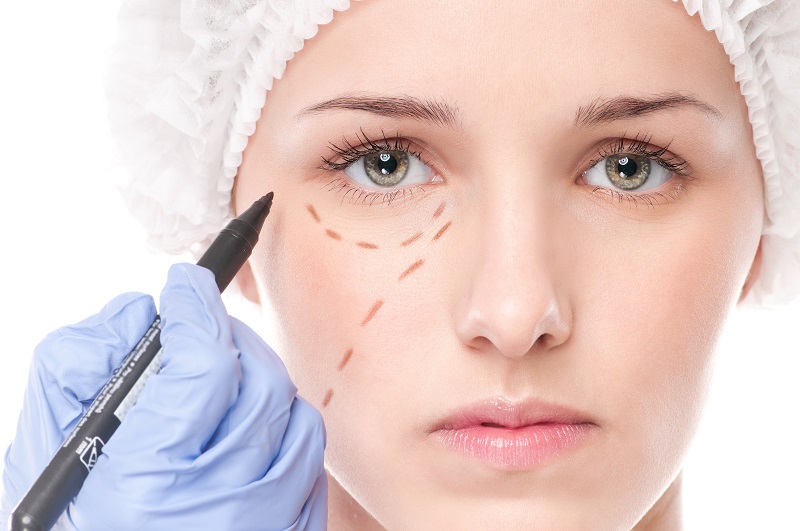Most eyelid bumps and lumps are harmless, but there’s no surefire way to know that without having a doctor check them out. In this post, Dr. Michael McCracken of McCracken Eye and Face Institute offers a basic primer of the most common types of eyelid bumps; he also explains when to have a lump or bump checked out by an eye doctor.
Common Types of Eyelid Bumps
Styes
Many eyelid bumps turn out to be styes, or red, pimple-like bumps that grow under eyelids or at the base of the lash line. A stye can be caused by one of two things: an infection in the hair follicle or an infection in the oil-producing glands that line the inside of the eyelid.
Styes usually disappear on their own without treatment. Applying a warm compress to the area may help speed up the healing process.
Sometimes styes are painful, tender to the touch and fill up with pus. They can also irritate the eye, causing itchiness or a foreign body sensation.
Chalazia
Other eyelid bumps start out as a stye and then develop into a chalazion. A chalazion occurs when the oil glands inside the eyelids get blocked with thick oil secretions. They normally develop farther back on the eyelid than a stye.
Chalazia are usually painless but some can become swollen and tender to the touch. A large chalazion may press on the eye, causing blurry vision.
It can take months for the biggest chalazia to disappear. Sometimes they need to be drained by a doctor.
Milia
Milia are tiny white bumps that develop under the surface of the skin. They form when a protein called keratin gets trapped under the eyelid. Milia usually do not cause any symptoms and tend to go away on their own.
When to Get a Lump or Bump Checked Out
If you experience any of the following, you should have the lump or bump checked by a doctor to rule out any serious medical conditions like a tumor:
- The bump does not disappear over time
- The bump worsens, becoming larger or more painful
- The bump bleeds
- You notice problems with your vision
- Your eyes are very sensitive to light or tear excessively
- Your eyelid looks crusty or scaly
- Your entire eyelid is red
If a tumor is suspected, biopsies and other tests may be performed to confirm the diagnosis. Professional treatment depends on the specific diagnosis.
If you have any questions about eyelid bumps or lumps, please feel free to call or email McCracken Eye and Face Institute today.



